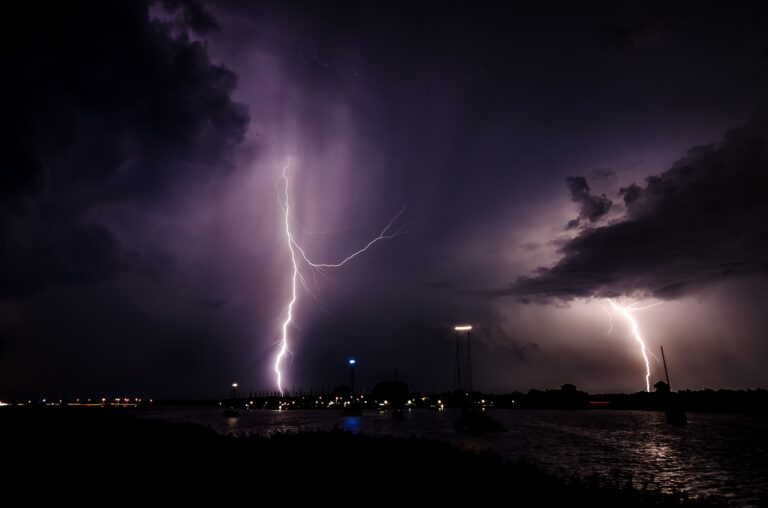A collaboration between computer scientists at Aalto University, Helsinki, and the Finnish Meteorological Institute (FMI) has leveraged machine learning technology to try and predict the damage caused by a storm.
Although meteorologists are able to tell when a storm is approaching, electricity companies want to be able to predict which ones have the potential to damage their infrastructure. The Aalto/FMI partnership believes that by finding patterns in existing data, machine learning algorithms are ideally suited for predicting which storms might cause blackouts.
The first step for teaching the computer how to categorize the storms was by providing them with data from previous power outages. Three Finnish energy companies, Järvi-Suomen Energia, Loiste Sähkoverkko and Imatran Seudun Sähkönsiirto, all provided data about the amount of power disruptions to their network. Storms were then sorted into four classes depending on the percentage of transformers that were disrupted. This information was then combined with FMI’s storm data.
“We used a new object-based approach to prepare the data, which makes this work exciting,” said Roope Tervo, a software architect at the FMI. “Storms are made up of many elements that can indicate how damaging they can be: surface area, wind speed, temperature and pressure, to name a few. By grouping 16 different features of each storm, we were able to train the computer to recognize when storms will be damaging.”
The results proved promising as the algorithm was very good at predicting which storms would be a Class 0 and cause no damage, and which storms would be at least a Class 3 and cause lots of damage. The researchers are adding more data for storms into the model to help distinguish Class 1 and Class 2 storms from one another.
“Our next step is to try and refine the model, so it works for more than just summer storms,” said Tervo. “As we all know, there can be big storms in winter in Finland, but they work differently to summer storms, so we need different methods to predict their potential damage.”



